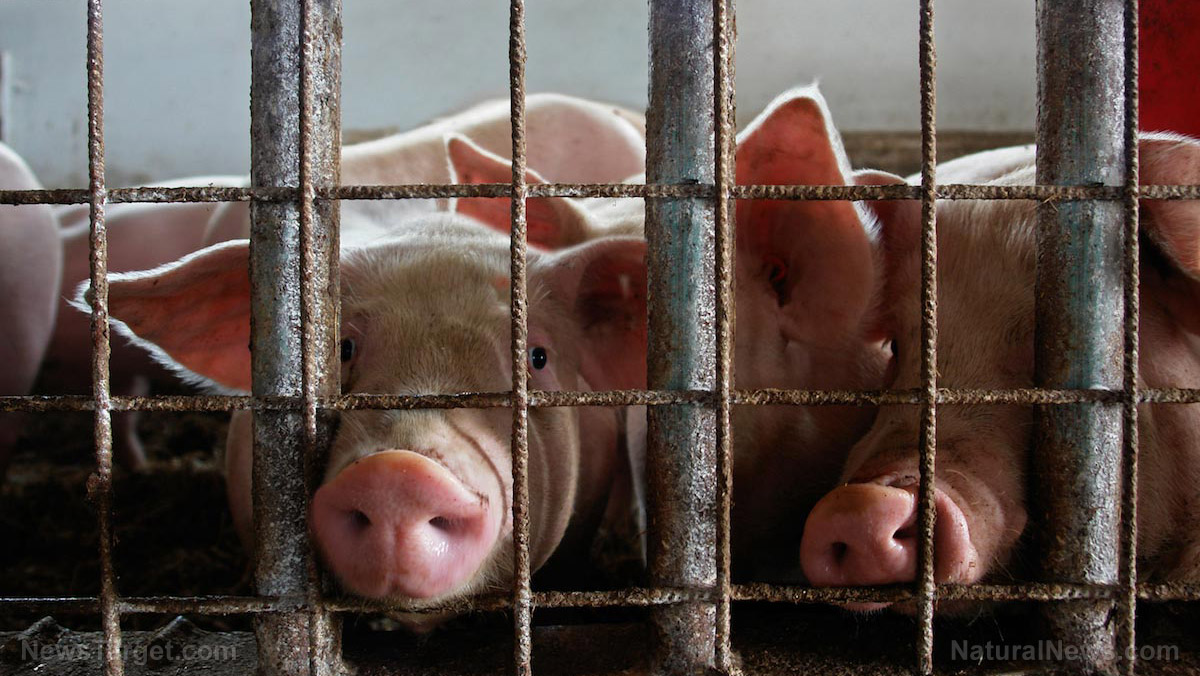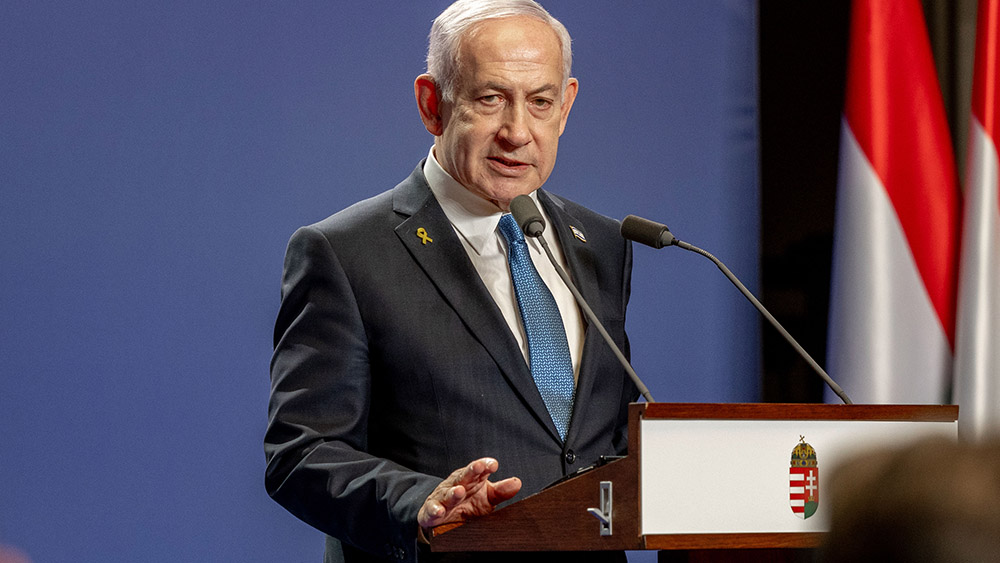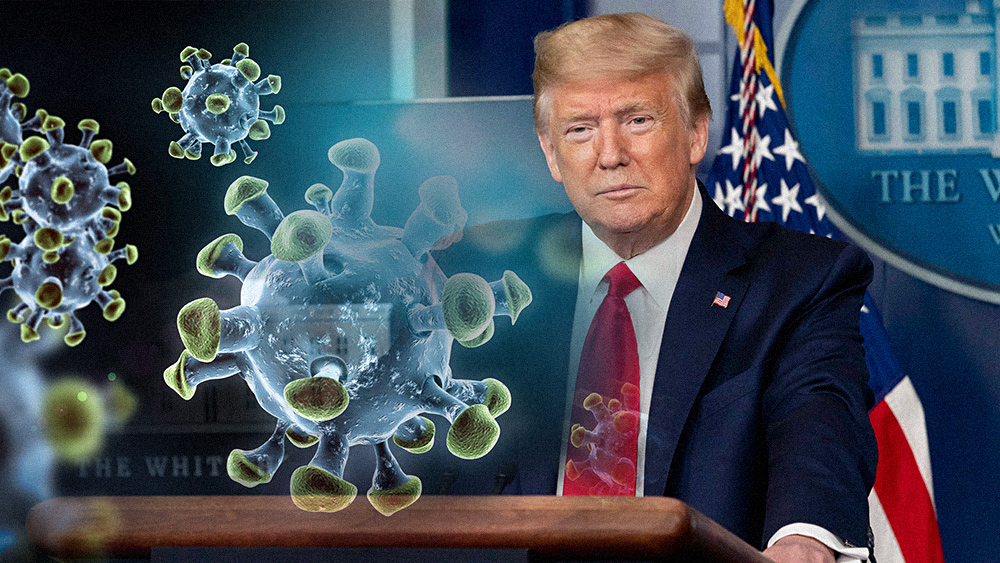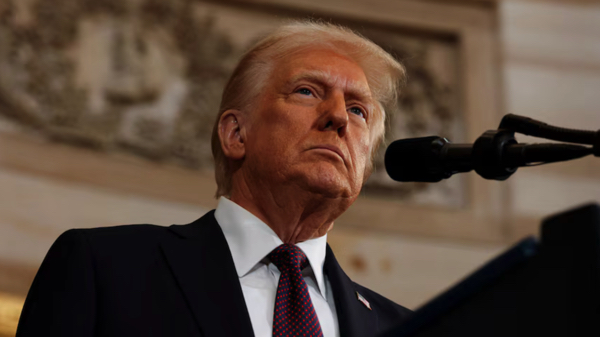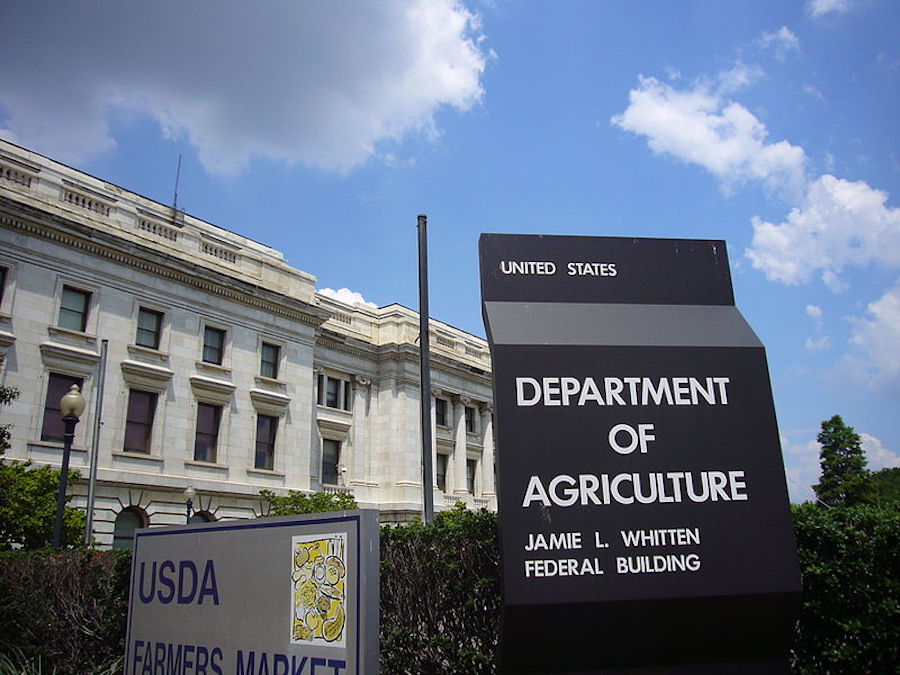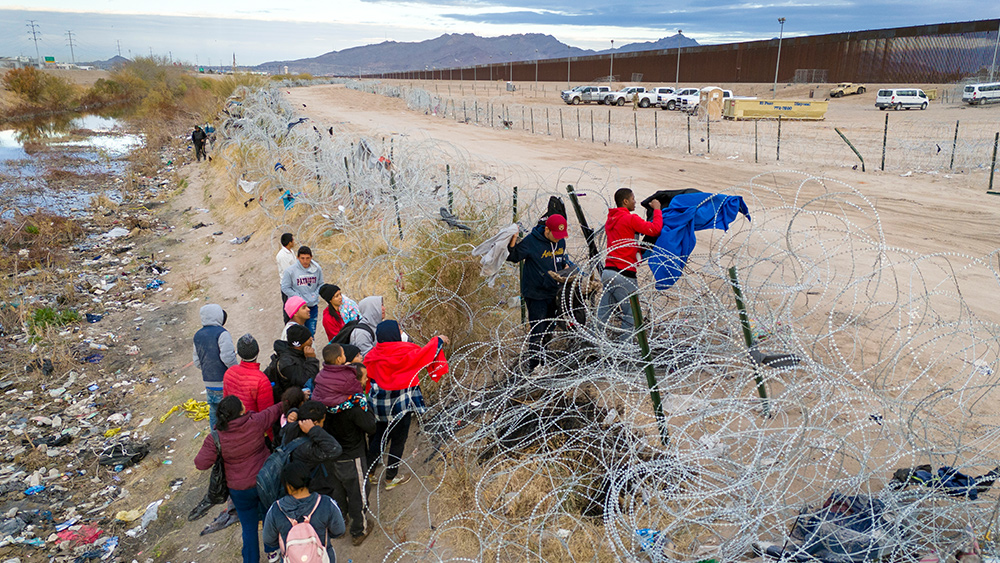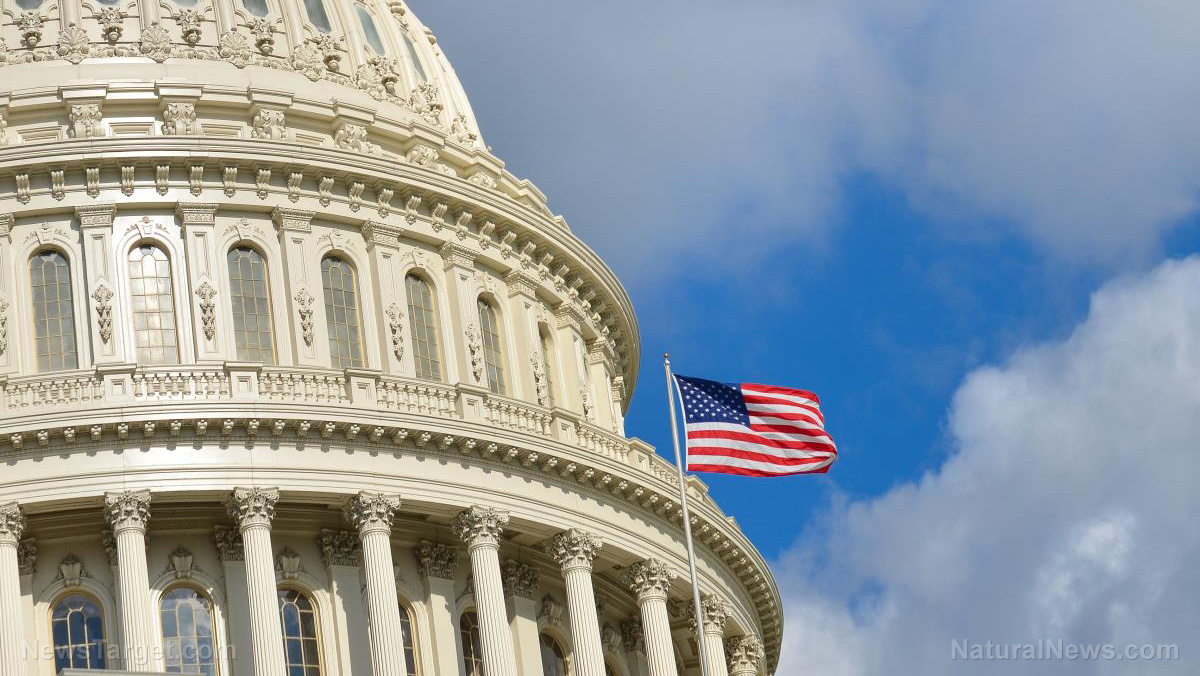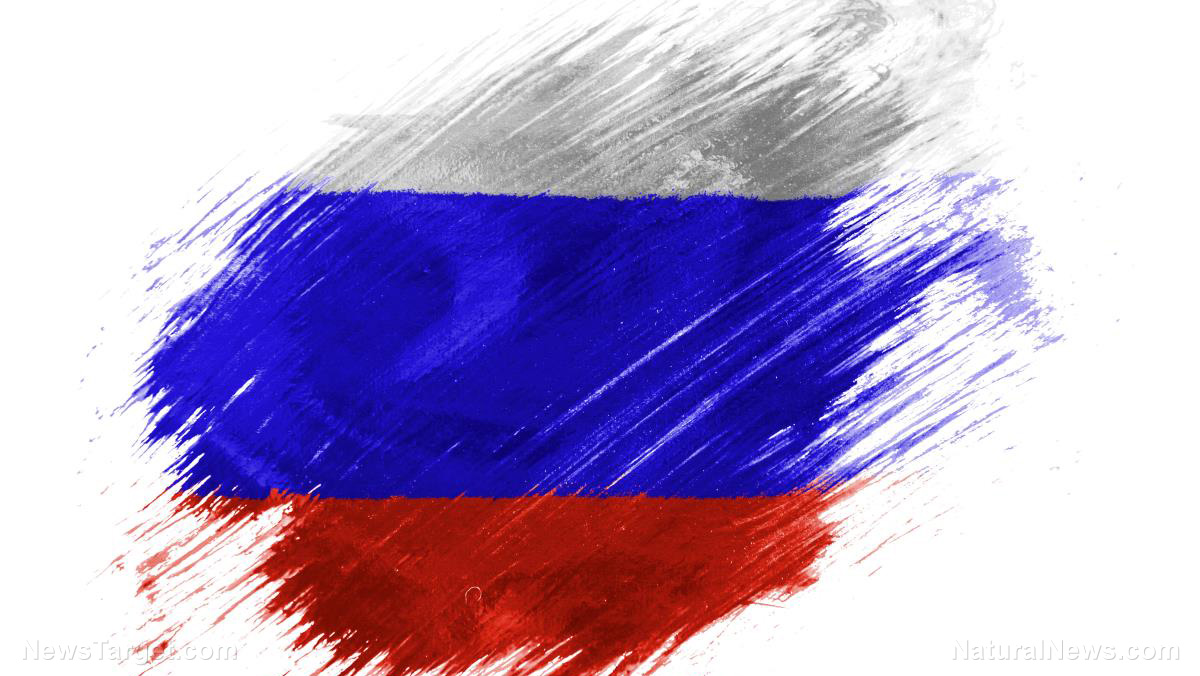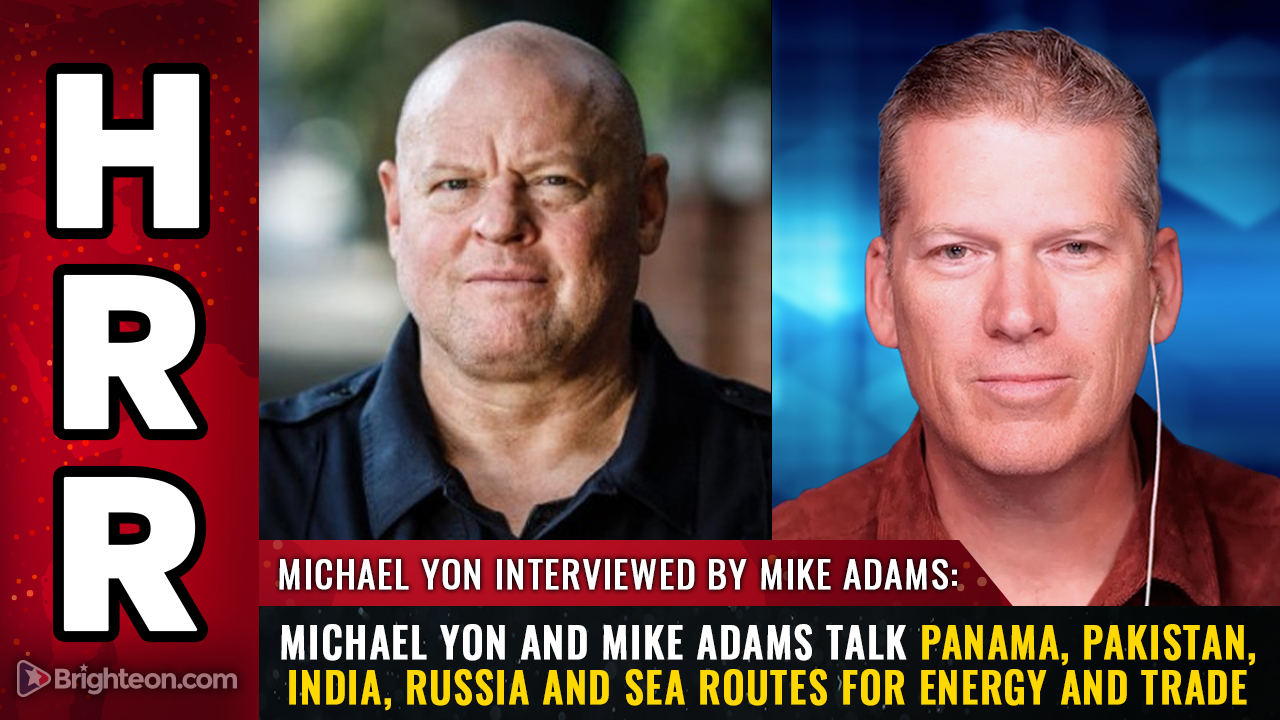Fragile India-Pakistan ceasefire holds as world fears another flare-up
05/12/2025 / By Cassie B.
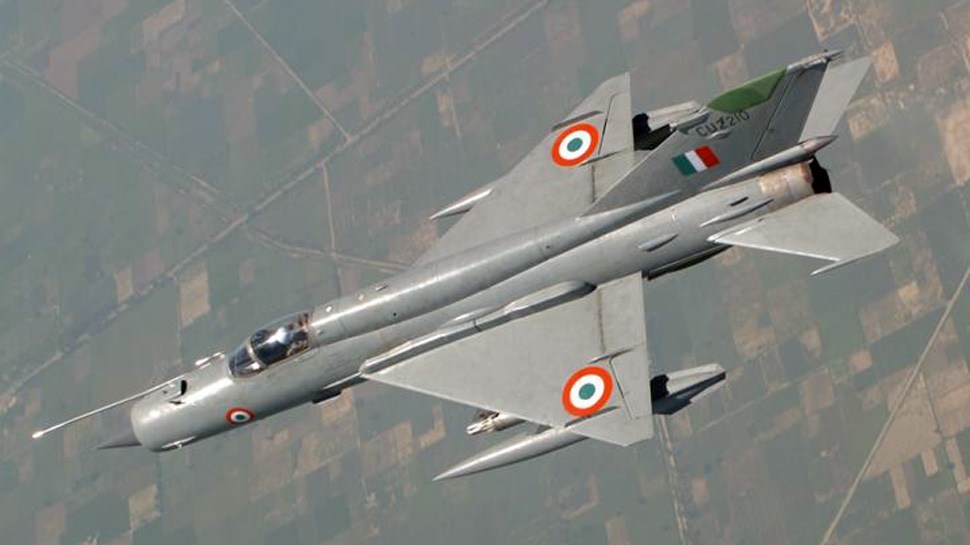
- India and Pakistan engaged in intense fighting last week, including missile and drone strikes, marking their most severe conflict in nearly 30 years.
- A U.S.-brokered ceasefire took hold on May 10, but both sides accuse each other of violations, leaving the truce fragile with no clear path to lasting peace.
- Despite the ceasefire, artillery fire erupted along the Kashmir border, with India and Pakistan blaming each other for breaking the agreement.
- Pakistan’s Prime Minister claimed “victory” and accused India of aggression, while India insisted its strikes targeted militant camps linked to attacks on its soil.
- Global powers urge restraint, but unresolved Kashmir tensions and military readiness on both sides keep the region on the brink of further conflict.
The world held its breath last week as nuclear-armed rivals India and Pakistan teetered on the brink of all-out war, exchanging missile strikes and drone attacks in the most intense fighting between the two nations in nearly three decades.
After four days of escalating violence that left dozens dead, a U.S.-brokered ceasefire took hold on May 10, but the truce remains fragile, with both sides accusing each other of violations and no clear path to lasting peace. As global powers urge restraint, the question remains: Will this ceasefire last, or is it merely a temporary pause before another deadly escalation?
A ceasefire built on shaky ground
The ceasefire, announced by U.S. President Donald Trump, came after days of intense diplomatic efforts involving Washington, Beijing, and other global players. “I will work with you both to see if … a solution can be arrived at concerning Kashmir,” Trump said, offering to mediate the long-standing territorial dispute that has fueled decades of hostility.
Yet within hours of the agreement, artillery fire erupted along the contested Kashmir border, with India accusing Pakistan of violating the truce. “This is a breach of the understanding arrived at earlier today,” India’s Foreign Secretary Vikram Misri declared late on May 10. Pakistan, meanwhile, denied responsibility and blamed India for the flare-up.
A war of words and conflicting claims
The ceasefire may have paused the fighting, but the rhetoric remains heated. Pakistan’s Prime Minister Shehbaz Sharif declared “victory” in a national address, framing India as the aggressor. “India, because they are so proud, they just tried their best to attack our borders through drone attacks, through missiles, and they have also taken innocent lives,” he said. “They have destroyed mosques.”
India, however, maintains that its strikes targeted militant training camps linked to groups like Lashkar-e-Taiba, which it blames for attacks on its soil. Lt. Gen. Rajiv Ghai, India’s director general of military operations, claimed the strikes killed more than 100 militants, though Pakistan dismissed the assertion as propaganda.
While Pakistan praised Trump’s intervention, India downplayed Washington’s involvement, insisting the ceasefire was negotiated directly between the two nations. “The [Indian] armed forces were on a very very high alert [yesterday] and continue to be in that state,” Ghai said, signaling that India remains prepared for further conflict.
Trump, meanwhile, framed the ceasefire as a win for U.S. diplomacy—and a business opportunity. “I am going to increase trade, substantially, with both of these great Nations,” he declared, suggesting economic incentives could help stabilize the region.
For now, the ceasefire holds, but the underlying tensions remain unresolved. Kashmir, the flashpoint of two previous wars, remains a powder keg, with both nations unwilling to cede ground. India has granted its military “full authority” to retaliate against any violations, while Pakistan has warned it will respond in kind.
Global powers, including China and Russia, have called for restraint, but history suggests that peace between India and Pakistan is always precarious.
The world can only hope this fragile truce lasts, but with decades of mistrust and unresolved grievances, the next spark could reignite the conflict at any moment.
Sources for this article include:
Submit a correction >>
Tagged Under:
ceasefire, chaos, conflict, dangerous, globalism, India, Middle East, military tech, national security, nuclear, Pakistan, violence, weapons tech, WWIII
This article may contain statements that reflect the opinion of the author
RECENT NEWS & ARTICLES
COPYRIGHT © 2019 Dangerous.News
All content posted on this site is protected under Free Speech. Dangerous.News is not responsible for content written by contributing authors. The information on this site is provided for educational and entertainment purposes only. It is not intended as a substitute for professional advice of any kind. Dangerous.News assumes no responsibility for the use or misuse of this material. All trademarks, registered trademarks and service marks mentioned on this site are the property of their respective owners.


